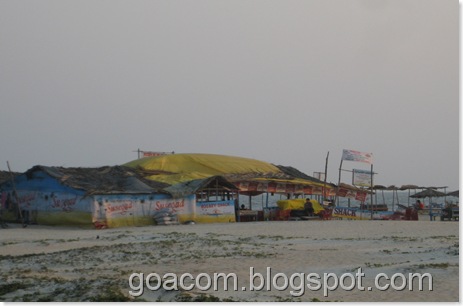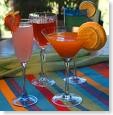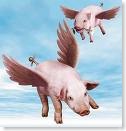Goa's most famous theatre personality and noted stage artiste, Padma Shree M Boyer passed away at his residence at Raia on Saturday morning after battling with a prolonged illness.The noted Goan dramatist, musician and singer was 78 and is survived by his wife Ms Martha, and five sons, Mr Sebastian, Mr Remus, Mr Stanford, Mr Errol and Mr Sywald.
Born in Raia on October 11 , 1930, and Christened as Manuel Santana Aguiar, he was a favourite performer in School. However the principal of his school shunned his acting in tiatr and would penalise him with fines every time he was caught while singing on the stage. it is believed that he adopted the name M Boyer after the hollywoo d artiste Charles Boyer, in order to escape the fines.
d artiste Charles Boyer, in order to escape the fines.
Boyer had been a dominant figure on the Konkani tiatr stage for most part of the last century and was well awarded the Padma Shree in 2005 for his immense contribution to art and culture at the hands of former President of India, Mr Abdul Kalam.
To his credit are around 28 awards including the prestigious sangeet natak academy award in 1994 which he received at the hands of former President of India late Shankar Dayal Sharma.
At the age of 18, Boyer shot into the limelight with his very first tiatr titled " Rinkarri" ( Debtor) which he staged at the Mae de Deus Feast at Nuvem in Salcete Goa. The drama was well accepted by the audiences and since then Boyer never looked back.
A composer, singer, scriptwriter, actor, director and producer, in his long career Boyer has staged over 35 tiatrs and held out over 5000 perrformances in various dramas and around 1000 songs rendered in these shows which is a great achievement of this illustrious Goan.
A great writer of plays his own productions include famous tiatrs such as "Ekuch Rosto", which emphasised on social harmony, " Chintnam and Sopnamm" dealing with the evil of drugs, "Sounsar Sudorlo" which was critical of the dowry system, "Bhurguim ani Bhangar" which highlighted the evils of alcoholism, " Adim tem atam hem" which exposed superstitions, Dukhi Ganv Sukhi" dealing with student unrest, while " Mog Kazar Divorce" stressed on the importance of trust and love in the institution of marriage.
Boyer had received a golden corn from the late chief Minister of goa Mr Dayanand Bandodkar for his song "Japanese Okol" which was based on the hybrid variety of rice brought to Goa by the government in those days. Boyer being a favourite of the crowds was repeatedly called on stage to repeat his comedy songs and often used to compose the fourth extra verse on the spot which is a great talent that this artiste possessed.
M Boyer was suffering from Parkinson's disease for a long time and was recently admitted to a hospital after he was infected with typhoid. After discharging from hospital the artiste was recuperating at home when suddenly the end came


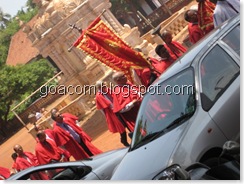

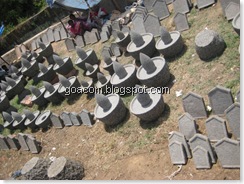
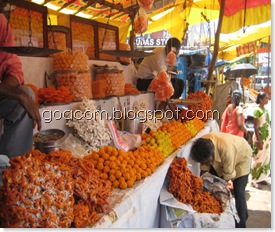
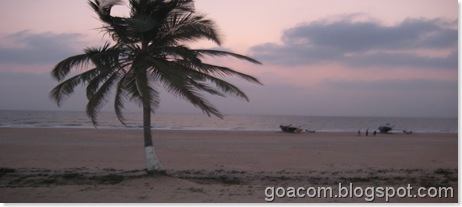
 life. It transfers out the heat from the body through perspiration and thereby keeps the body cooler. It is believed that in the case of children the intake of water should essentially be around three litres in the summer season in Goa while adults should consume around five litres.
life. It transfers out the heat from the body through perspiration and thereby keeps the body cooler. It is believed that in the case of children the intake of water should essentially be around three litres in the summer season in Goa while adults should consume around five litres.  e to prevail. Synthetic and layered clothes are a big no-no. Cottons and natural fabric base3d clothing are preferred in light colours during the peak of a Goan summer. Loose and airy clothes help to give the desired relief from the constant sweat oozing from the body. Elderly people and children should take precauti
e to prevail. Synthetic and layered clothes are a big no-no. Cottons and natural fabric base3d clothing are preferred in light colours during the peak of a Goan summer. Loose and airy clothes help to give the desired relief from the constant sweat oozing from the body. Elderly people and children should take precauti ons to protect themselves from direct exposure to the sun and heat by sporting a cap or a hat which also gives a smart look.
ons to protect themselves from direct exposure to the sun and heat by sporting a cap or a hat which also gives a smart look.  has been exposed to the ultra violet rays of the sun, to a large extent. Generous use of Ultra violet screen lotion and powder ( talcum or prickly heat powder) would assist in nourishing the skin. However prickly heat powder is best avoided for children below two years of age.
has been exposed to the ultra violet rays of the sun, to a large extent. Generous use of Ultra violet screen lotion and powder ( talcum or prickly heat powder) would assist in nourishing the skin. However prickly heat powder is best avoided for children below two years of age. 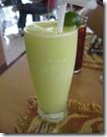 siest mango drink to cool oneself is the Khatta meeta( sweet and sour) which can be prepared by grinding raw mango pulp to a paste and adding sugar and salt to taste. A few mint leaves and crushed roasted jeera to the paste helps it to preserve. Two spoonfuls of this paste in a glass of cold water , well stirred and with few crystals of roc salt is a thirst quencher besides cooling you naturally.
siest mango drink to cool oneself is the Khatta meeta( sweet and sour) which can be prepared by grinding raw mango pulp to a paste and adding sugar and salt to taste. A few mint leaves and crushed roasted jeera to the paste helps it to preserve. Two spoonfuls of this paste in a glass of cold water , well stirred and with few crystals of roc salt is a thirst quencher besides cooling you naturally. 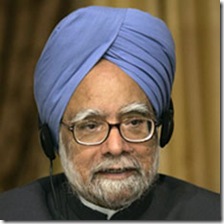 The news finally came in at 9.30 pm on Thursday when all the portfolios were out and it was eventually clear as to which Minister got what portfolio. Initially it as felt that the whole affair was on expected lines but then came in a few surprises. The former commerce Minister Mr Kamal Nath was moved to surface transport while a new commerce minister in Anand Sharma came in. Veerappa Moily as the law minister was also a surprise for many.
The news finally came in at 9.30 pm on Thursday when all the portfolios were out and it was eventually clear as to which Minister got what portfolio. Initially it as felt that the whole affair was on expected lines but then came in a few surprises. The former commerce Minister Mr Kamal Nath was moved to surface transport while a new commerce minister in Anand Sharma came in. Veerappa Moily as the law minister was also a surprise for many.
